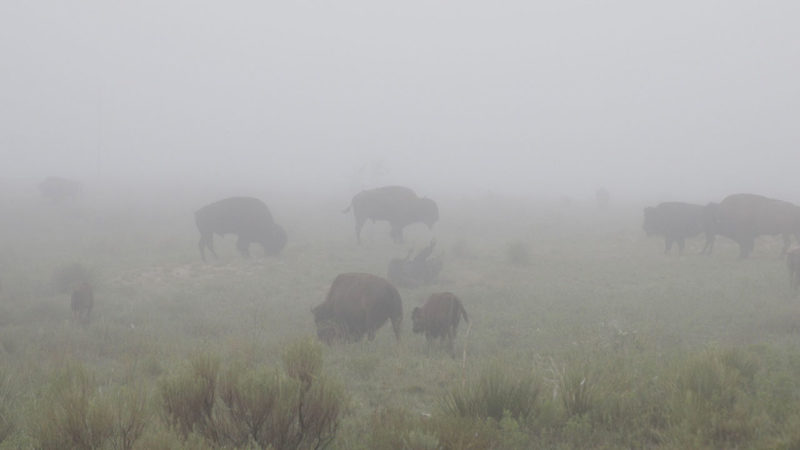Last Updated on November 21, 2021
Whether or not there’s a standard American cuisine is up for debate.
But when it comes to Native American cuisine, there’s no question. Every Native tribe in the country has a unique cuisine based on where they originated and the resources they’re able to hunt, gather, or cultivate in that region.
The food and cuisine of Native Americans changed after European settlers arrived. Native communities adopted new European foods and livestock, such as sheep into their cuisine and livelihood. However, in the 1800s, to support European settlement out west, the government evicted Native Americans from their land or burned their crops and animals forcing them to leave their land. This relocation completely disrupted each tribe’s food sources and left Native Americans dependent on government-issued rations. This resulted in nutrition-related diseases among tribe members and the loss of Native American culture and cuisine. (Source)
From seed saving to recipe sharing, there are plenty of Native chefs passing on the knowledge. Here are some resources for learning more about Indigenous peoples’ cuisines and food traditions:
NATIFS: North America Indigenous Food Systems is a nonprofit organization based in Minneapolis and founded by James Beard Award-winning chef Sean Sherman and his team. Their mission is to promote Indigenous foodways education and increase Indigenous food access through training and education. With a nonprofit restaurant that trains Indigenous cooks in Native culinary traditions, along with a Native foodways classroom, the organization aims to create a network of Indigenous-led kitchens in tribal regions across North America. Sherman also recently shared his story along with 10 essential Native recipes in the Times.
GATHER: This 2020 documentary follows four Native tribe members on projects they’re working on to reclaim Native food sovereignty. From opening a restaurant focused on Apache-grown foods to members of the Yurok nation trying to save the salmon run in the Klamath river, the film highlights the movement to reclaim the cultural traditions that were lost in the decades after Europeans arrived in North America.
I-Collective: The network of Indigenous chefs and activists released a multi-media cookbook and community journal called Gathering Basket on Indigenous People’s Day this October.
NAFSA: The Native American Food Sovereignty Alliance is a network of grassroots Native activists with the mission of sharing, supporting, and promoting best practices and policies – including a seed-keepers’ network and Native culinary mentorship programs – around restoring dynamic Native food systems.
Ways To Support:
Here’s a list of Native-owned food businesses to support this Indigenous People’s Month.
You can also check out opportunities to support the work of NAFSA and NATIFS.
Finally, we wanted to end this article by acknowledging that ButcherBox headquarters operates on Massachusetts, Wampanoag, and Nipmuc land. We state this acknowledgment as a reminder to ourselves and our readers of the history of stolen land from Native Americans, the destruction of Native American culture and food, and our company’s commitment to supporting Native American communities in their reclaiming of land, food, and culture.


